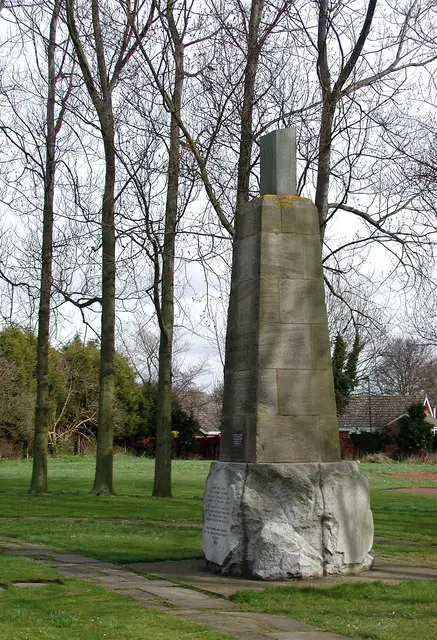Pilgrims and Puritans
In telling the story of the founding of the thirteen colonies that eventually became the United States, people often get confused between Puritans and Pilgrims. Although both groups were from England and shared very conservative religious views, they also had slightly different religious reasons for coming to the New World.
The Protestant Reformation in England was brought about by Martin Luther, as many wanted to have more freedom in religious worship. It was so popular that many other countries in Europe adopted the demand.

The Church of England had been established only because King Henry VIII wanted a divorce, and the Roman Catholic Pope refused to grant it. The Church of England still remained very similar to the Catholic Church, and many of the new Protestants objected to it.
- It was a crime in England to not attend church, and the Church of England was the only recognized church and religion. This prompted a group in Northern England to have secret worship services, and they were known as “Separatists.”
- Separatists were hunted and killed, and this group became the Pilgrims that looked for a new location so that they could worship as they wanted to and separate themselves from the Church of England.
- At first, the Pilgrims moved to the Netherlands, but after a while, they were afraid that their children would lose the culture of being English, so they made the decision to go to the New World and create their own colony.
- Some of the Separatists went back to England and chose to remain as they said goodbye to their friends that left on the ship called the Mayflower.
- This group never referred to themselves as Pilgrims; that term appeared around 1800. Instead, they were called “forefathers” or “first-comers.”
- Upon arrival, over half of the Pilgrims died due to starvation and disease during their first winter of 1621.
- Due to help from the Native Wampanoag Indians, they learned how to farm, fish, and hunt in their new home. It’s believed that this is the tribe that brought food for the Pilgrims that is now celebrated as the feast of Thanksgiving.
- Puritans were part of the late 16th-century movement of religious reform within the Church of England. Unlike the Separatists, they wanted to change the Church of England as part of its membership.
- Puritans had less radical religious thinking and created a type of self-organized worship called “the congregational way.”
- The Congregational Way didn’t include the structured creeds, no head of the church like a king or pope, no preaching on the Sabbath. Instead, their religion involved personal “testifying,,” and all members were bound together by a “covenant” that included choosing their religious leaders.
- Puritans believed that they didn’t have to reject the Church of England to live in their congregational way, whereas Separatists ultimately dismissed the Church of England.
- The differences in the two groups carried out in the colonies where they settled. Separatists were a more cloistered group that didn’t mix with many outsides of their own religious beliefs. Puritans were more apt to mingle with all types of people.
- Ten years after settling in the New World, the Massachusetts Bay Colony, founded by the Puritans, had grown to 20,000 people. The Pilgrims had settled at Plymouth and were only a population of 2,600 people.
- The Puritans had arrived in the New World with more resources and money than the Pilgrims, and this gave them an additional advantage.
Q&A:
What was the name that was given to those that we call Pilgrims?
Separatists
What was the common reason that the Pilgrims and the Puritans left England?
Religious freedom
What did the Puritans believe about their new religion and the Church of England?
That they could change the church from inside
What did those that we call Pilgrims to think of the Church of England?
They rejected that church
Why did the Puritans do so well in the New World?
Open to mixing with others and they brought more resources
What was the first country that the Pilgrims moved to before coming to the New World?
The Netherlands



